The Farmer Diaries
Texas farmer recommends 5 books every gardening enthusiast must read
When I look back to seven years ago, when I decided to opt out of industrial agriculture and grow as much of my own food as I could, I'm impressed by how little I knew about farming. Still, my results were encouraging enough to keep me going.
That's one of the most appealing things about gardening: Just till up a small spot of ground, follow a planting guide that tells you when to plant what you want to grow, water your plants, keep weeds out from around them and you're set. You may not corner the market on farm-fresh produce, but you stand a good chance of harvesting outstanding fruits and veggies to go along with your meals for a while.
Yet there's so much more to discover — whole sciences encompassing all the aspects of what's going on in your garden plot and proving that growing food and flowers is an intellectual activity as much as it is a matter of manual labor. In fact, the most skilled growers I've met tend to have science degrees.
Growing food and flowers is an intellectual activity as much as it is a matter of manual labor.
There's the botanist who showed me how easy it is to propagate a tree from a cutting; the biologist who taught me how to feed the soil's microorganisms so plants will thrive; the chemist who can look at a plant and instantly tell me what nutrients it's lacking and how to remedy the deficiency; and the entomologist who helped me appreciate that there are no pests in the garden, and therefore no need for pesticides.
I envy their knowledge, but unless I decide to go back to college and get a bachelor's degree in science, I'll have to keep improving my farming skills by trial and error and picking up a good gardening book every chance I get.
Any cold, wet, rainy day of winter affords the perfect opportunity to read up on one farming topic or another. Bookstore shelves are filled with gardening books, but a handful I've read have stood out because of how well the authors distilled their knowledge for the reader, building up my motivation to make the coming growing season better than all the ones before.
Grow Great Grub by Gayla Trail
Even though I've had Trail's book for several years, I gain something new every time I flip through the pages. The book concentrates on how to grow wheelbarrow loads of produce in a small yard or an apartment balcony, yet its information has helped me as I plant acres of crops.
This is the book that taught me how to take cuttings of basil just before the first fall frost and root them in jars indoors so that I can keep my pizzas delicious all winter long. By following Trail's example, I grew my first-ever perfect watermelon, not in a raised bed but in a large flower pot.
Trail's book is no mere how-to sort of read; it's way more inspirational than that. Trail's photos and style of writing elevate the act of growing food to a trendy, smart, urban pastime.
All New Square Foot Gardening by Mel Bartholomew
If there's one book for a novice grower, it's Mel Bartholomew's All New Square Foot Gardening. I first became acquainted with Bartholomew's approach to raised bed gardening back in the '80s when I'd catch his show on PBS each Saturday morning.
I spent many years behind my father's gas-powered tiller as I prepared the garden, breathing in exhaust and risking my limbs to the blades that pulverized the compacted soil, so I was drawn to Bartholomew's technique for keeping garden beds and pathways separate and tossing the heavy machinery aside. I still grow several crops in raised beds — especially greens, carrots and flowers — so his influence has had a lasting effect on me.
I take issue with Bartholomew's advice on lining the bottoms of raised garden beds with fabric because in Texas we need more soil depth, and I would rather not fill raised my beds with a peat moss blend. (I choose coconut coir.) But otherwise his guidance has helped me to enjoy a method of growing that's far less labor intensive than the traditional row gardens of previous generations.
I still pick up this book from time to time to reference his indoor seed starting charts and plant profiles.
Grow Herbs by Jekka McVicar
I don't know why, but each year I used to always put off planting herbs until it was too late. They were simply not my priority when I had tomato starters to transplant and melon seed to sow. But take away herbs from just about any dish, and the food that's left is a lot less satisfying. What would salsa be without cilantro or pasta sauce without basil?
So, three years ago I set out to change my ways, and I pored over a dozen books on the topic of herbs at Barnes & Noble, trying to find the definitive guide. Jekka McVicar's Grow Herbs finally won my purchase because it most clearly presented each herb in a photo set against a white background — close-ups with none of the shots of unidentifiable vegetation that often fill gardening books.
The photos are taken from a standing position, with the plant at the photographer's feet. When I grow something new, I want to know what I'm in for, and Grow Herbs' photos show me clearly.
McVicar not only profiles more than 100 herbs and lists their ideal growing conditions, but she also shows how to use herbs in dishes, salad oils, room fresheners and body care products. The book has moved herbs from my list of things I may grow some day if I have extra time to the list of plants I have to get in the ground.
Plant Propagation from the American Horticultural Society, editor-in-chief Alan Toogood
Once I learned that it doesn't take a science lab to make cuttings of trees and rose bushes into new plants, I started to see every plant as a specimen to be propagated. The mulberry tree at Getzendaner Park in Waxahachie may very well be my source for a native mulberry tree with just a few clips of a stem. If I see a pretty shrub along the road, I can take some of it back to start at home without removing it from the habitat where I found it.
The American Horticultural Society's Plant Propagation is a complete book of how to make more plants out of any plant. From collecting seed to starting whole new plants out of just a leaf, the book covers all the techniques and then outlines the right method for all the different kinds of of house plants, garden crops, wildflowers, trees and bushes. Following its illustrations, I've made progress toward becoming a plant hoarder.
Homegrown Whole Grains by Sara Pitzer
Aside from corn, most gardeners never think of growing their own grains. Sara Pitzer's book makes a good case for why growers shouldn't think wheat, barley and oats are just for large-scale farming operations. In addition to the staples, she shows how easy it is to sow amaranth, quinoa and spelt along with buckwheat and sorghum even in a backyard garden plot.
When I grew wheat in a 4-by-8-foot garden bed, I was surprised by just how much such a small plot yielded — a whole sheaf. The experience motivated me to plan on growing more grains each year, as well as my own organic bird seed for the cardinals and mourning doves that enjoy living near my raised bed garden.
Homegrown Whole Grains also helped me identify why my attempts at growing corn failed in past years. I simply needed to fertilize the soil more and keep the water flowing because corn is a so-called heavy feeder. My success with the crop last year showed me just how robust of a harvest corn can yield if you know what you're doing, and I credit Pitzer's book for showing me the way.
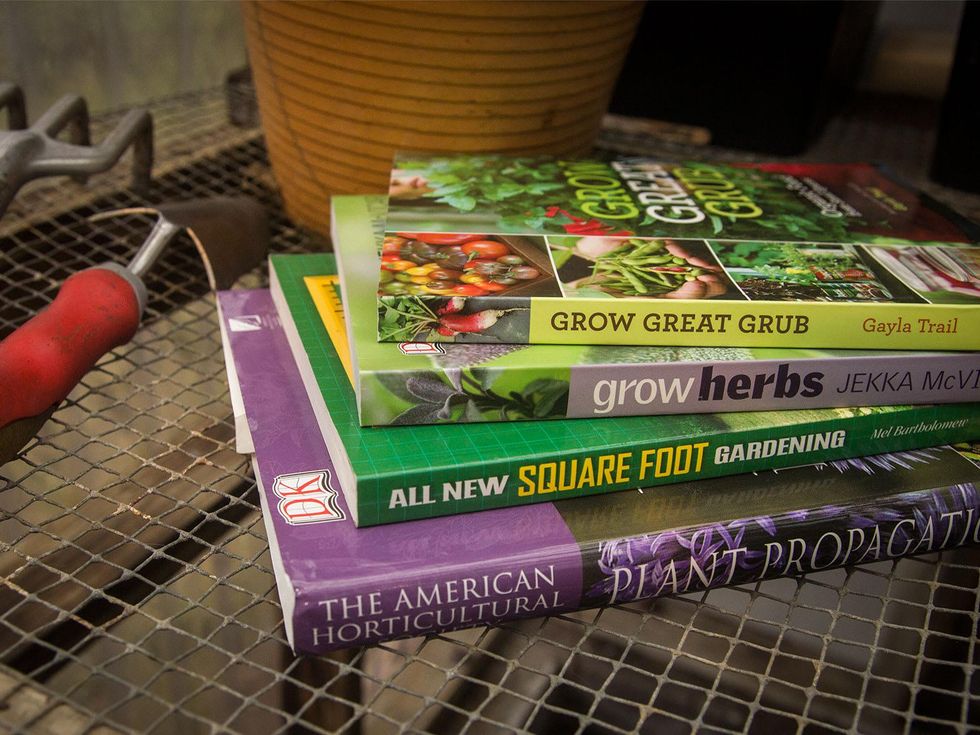
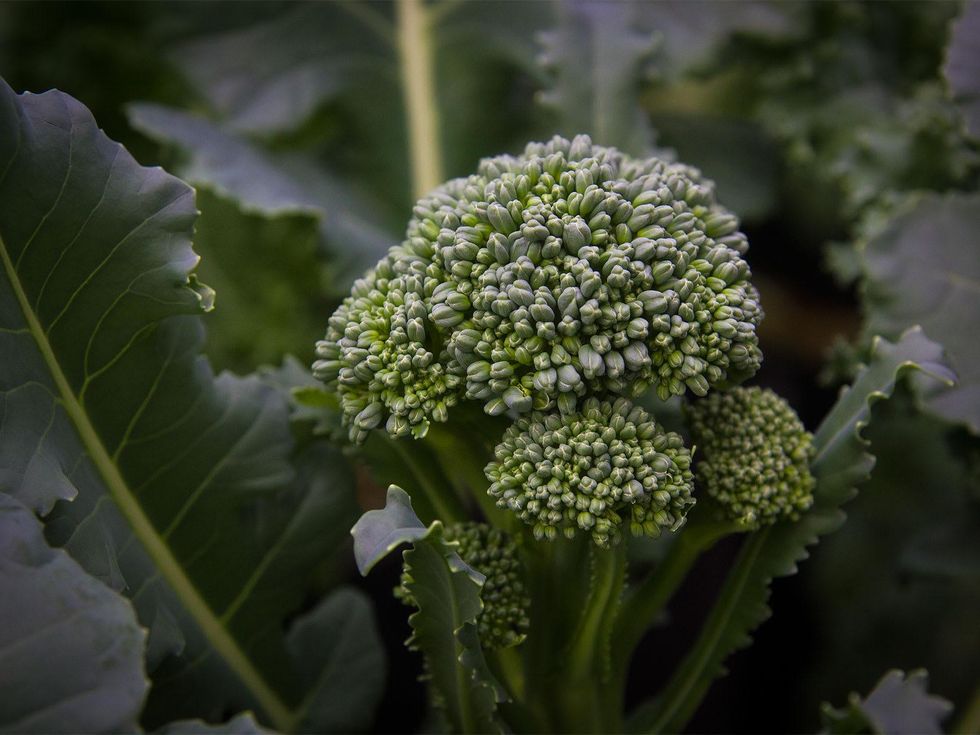
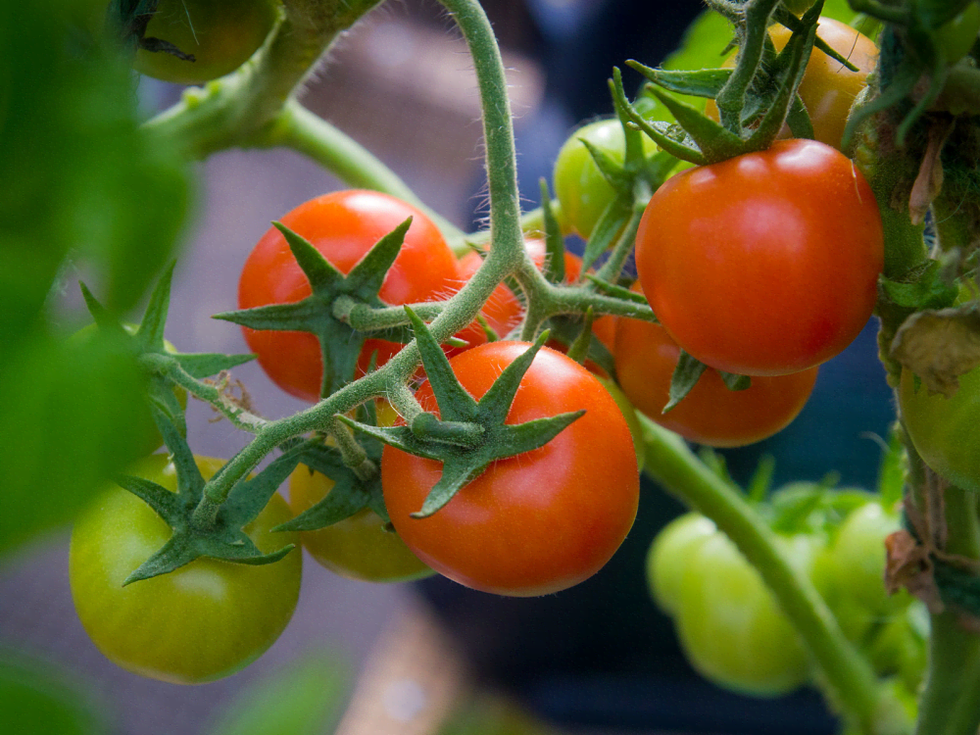
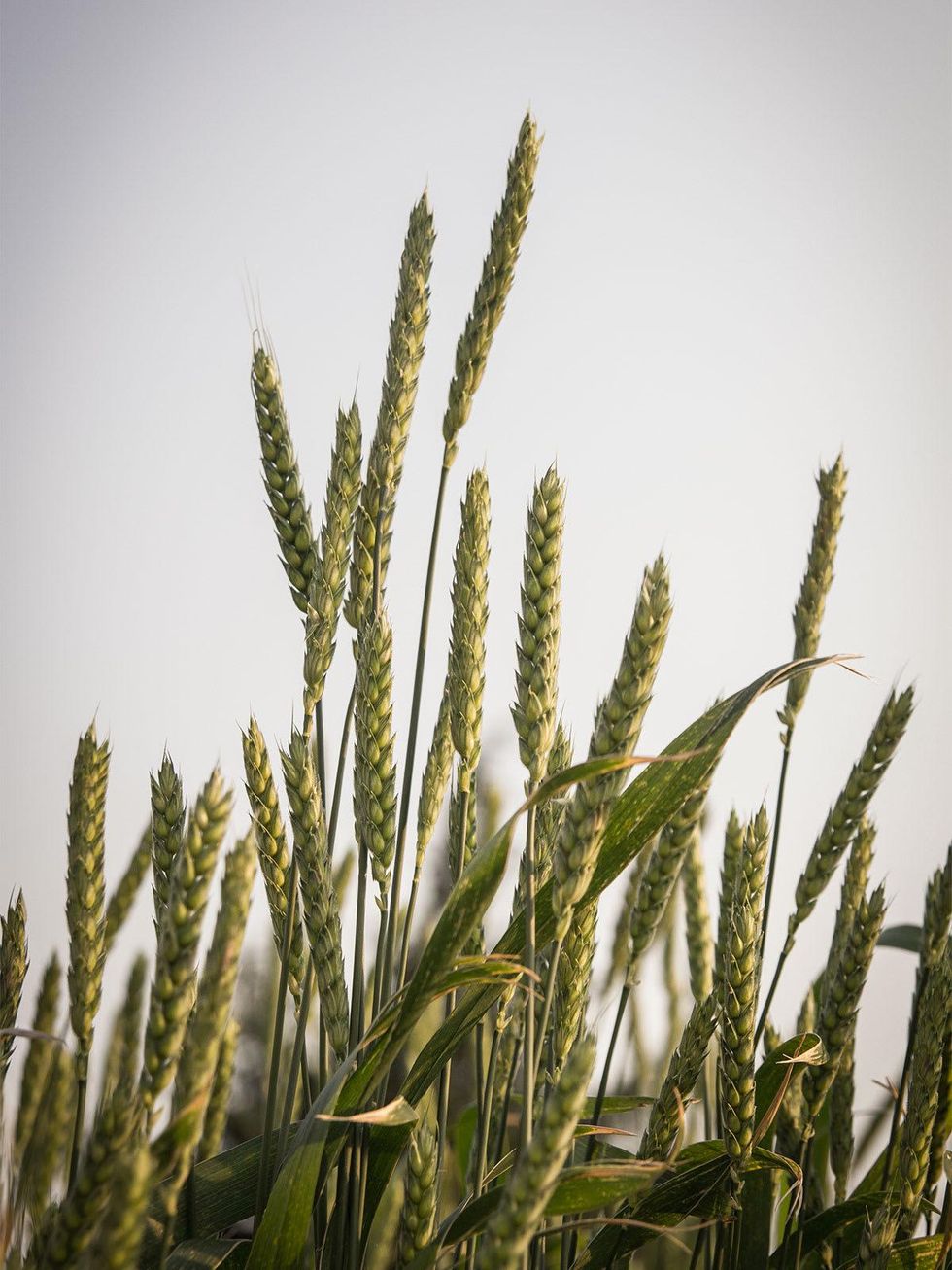

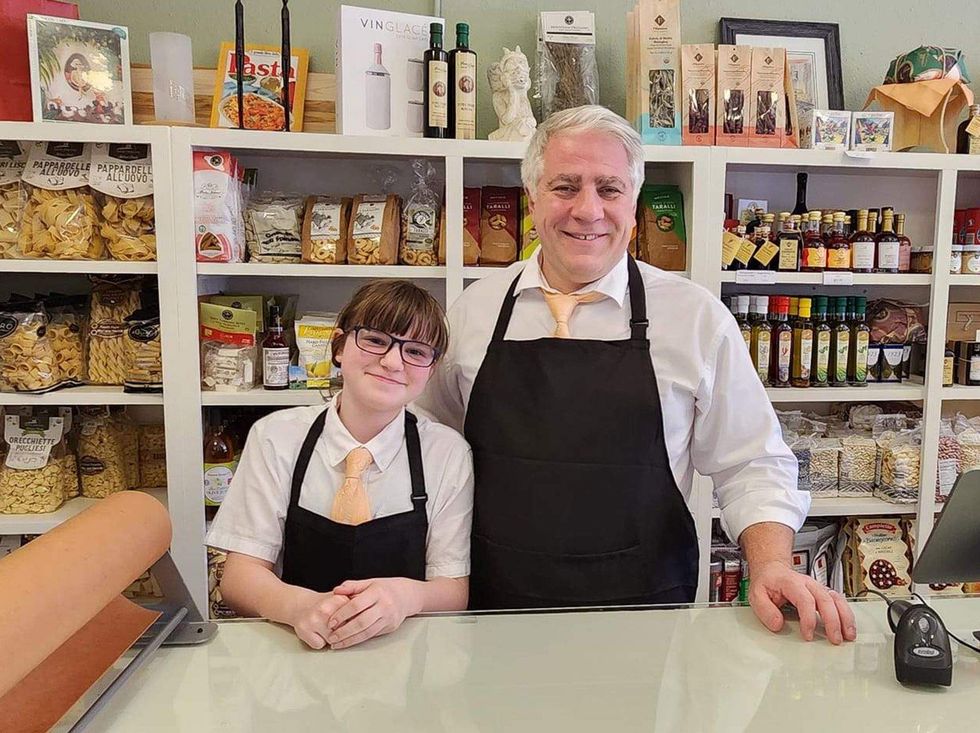 Ari Lowenstein and aide at Ari's PantryAri's
Ari Lowenstein and aide at Ari's PantryAri's